NATIONAL MUSEUM OF AMERICAN HISTORY
Spanish-language Television Turns 70 in Puerto Rico
WKAQ, Channel 2 Began Broadcasting March 28, 1954
:focal(900x656:901x657)/https://tf-cmsv2-smithsonianmag-media.s3.amazonaws.com/filer_public/ed/29/ed29529b-edcb-4a09-bf48-fc32d506a8eb/ac1404-0000077.jpg)
When I was a child, my mom introduced me to WKAQ TV. From our home in Gurabo, Puerto Rico, I watched kids' shows like Telecómicas as well as comedy and variety shows. Telenoticias was mandatory. She always said: “It’s 5 o'clock. Turn on the TV to watch the news.”
My mother's interest in the news and the local communications industry inspired me to consider journalism as a career. My interest was cemented when, in seventh grade, I visited a newsroom in Guaynabo and realized how much I wanted to belong there.
As a 2023 Smithsonian Latino Museum Studies Program Fellow, I have been working with the team that recently launched the new exhibition ¡De última hora! Latinas Report Breaking News at the Smithsonian’s National Museum of American History. As part of the team, I researched archival materials from WKAQ, which are now preserved in the museum’s Spanish Language Broadcasting Collection. Studying the collection hit me emotionally, but it also gave me a deeper appreciation of the history of communications in Puerto Rico and the people who inaugurated a new era of television.
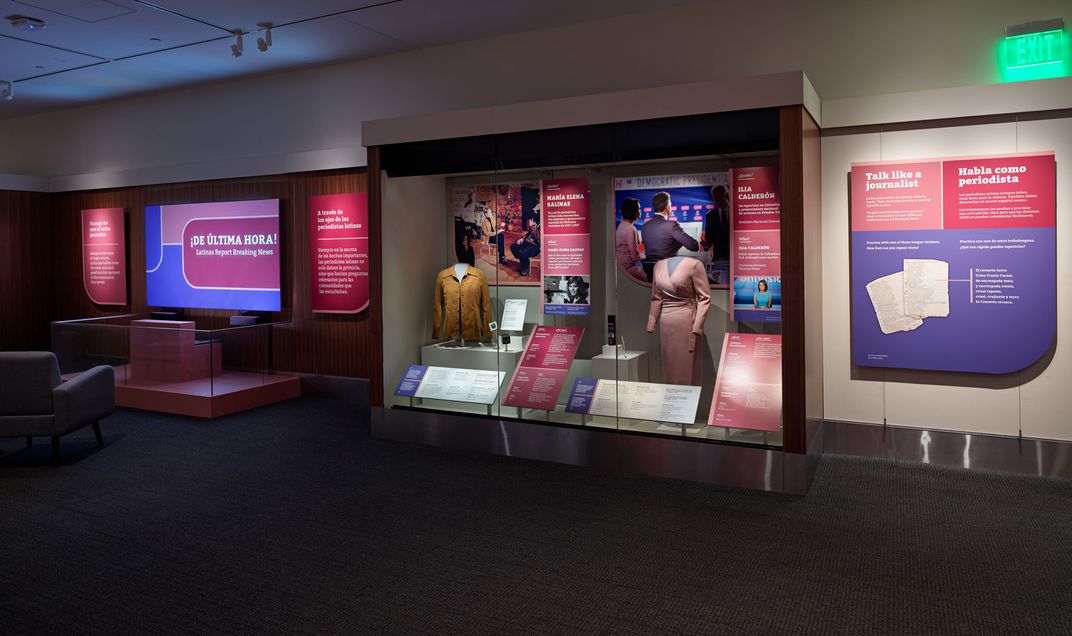
WKAQ has been part of Spanish-language broadcasting history for over 100 years. Launched on December 22, 1922, WKAQ radio was the first radio station in Puerto Rico. According to José Luis Torregrosa in Historia de la radio en Puerto Rico, the broadcaster Joaquín Augusty spoke the words that inauguarated this revolution in broadcasting: “Esta es WKAQ, en San Juan, capital de Puerto Rico, la Isla del Encanto... y donde se produce el mejor café.” (This translates to: “This is WKAQ, in San Juan, the capital of Puerto Rico, the Island of Enchantment, where the best coffee is produced.”) Over time, WKAQ radio (also known as Radio El Mundo) grew into a trusted source of information for people on the island. Though important by itself, the radio station was just one part of a larger media conglomerate led by its founder, Ángel Ramos, that included the El Mundo newspaper and WKAQ TV, popularly known as Telemundo. The reach of the WKAQ network expanded dramatically in the 1980s, when Telemundo was acquired by NetSpan and transformed into a national TV network. Among its other features, the museum's Spanish Language Broadcasting Collection includes a collection of photos from WKAQ's century-long history, particularly the period from 1954 to 2008. The collection’s breadth offers visitors to the museum’s Archives Center many different avenues for research. During my first visit to the center, I focused specifically on WKAQ’s role as one of Puerto Rico’s major news sources.
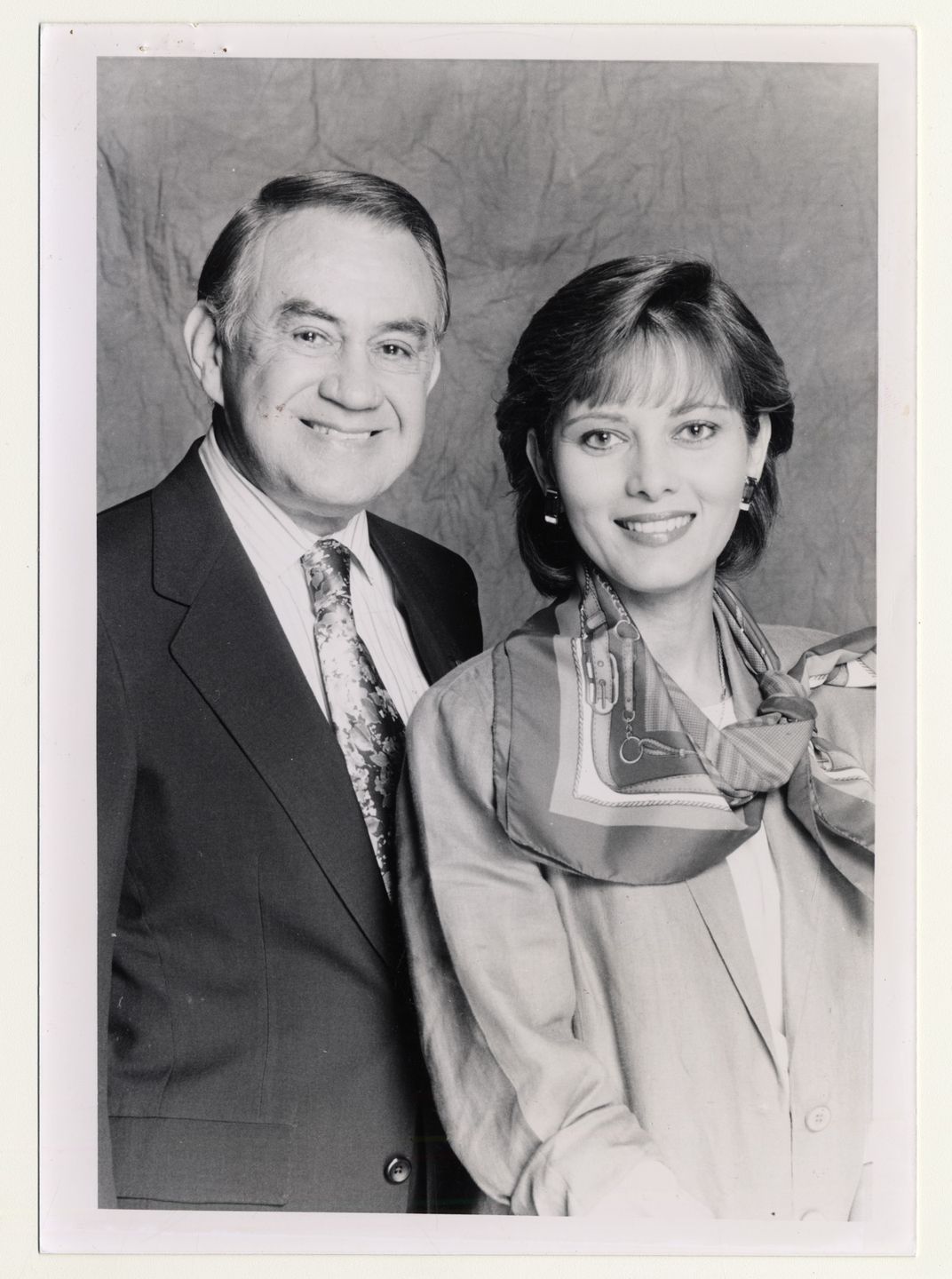
Browsing through the archive, I revisited some of the first faces I saw on a TV, which included reporters and anchors like Aníbal González Irizarry, Carmen Jovet, Madeline Vega, Jorge Rivera Nieves, Ivonne Solla, and Sylvia Gómez. While I was growing up, the work of these professionals helped me understand the power journalists can hold as community advocates.
When asked about the museum’s Spanish Broadcasting Collection, Patti Williams, head of the museum’s Archives Center, also emphasized the important role WKAQ and its peer stations filled as news organizations. The collection “highlights the important stations and individuals that ensured that Spanish-speaking communities in America had access to trustworthy and accessible news, fundamental to democracy,” said Williams.
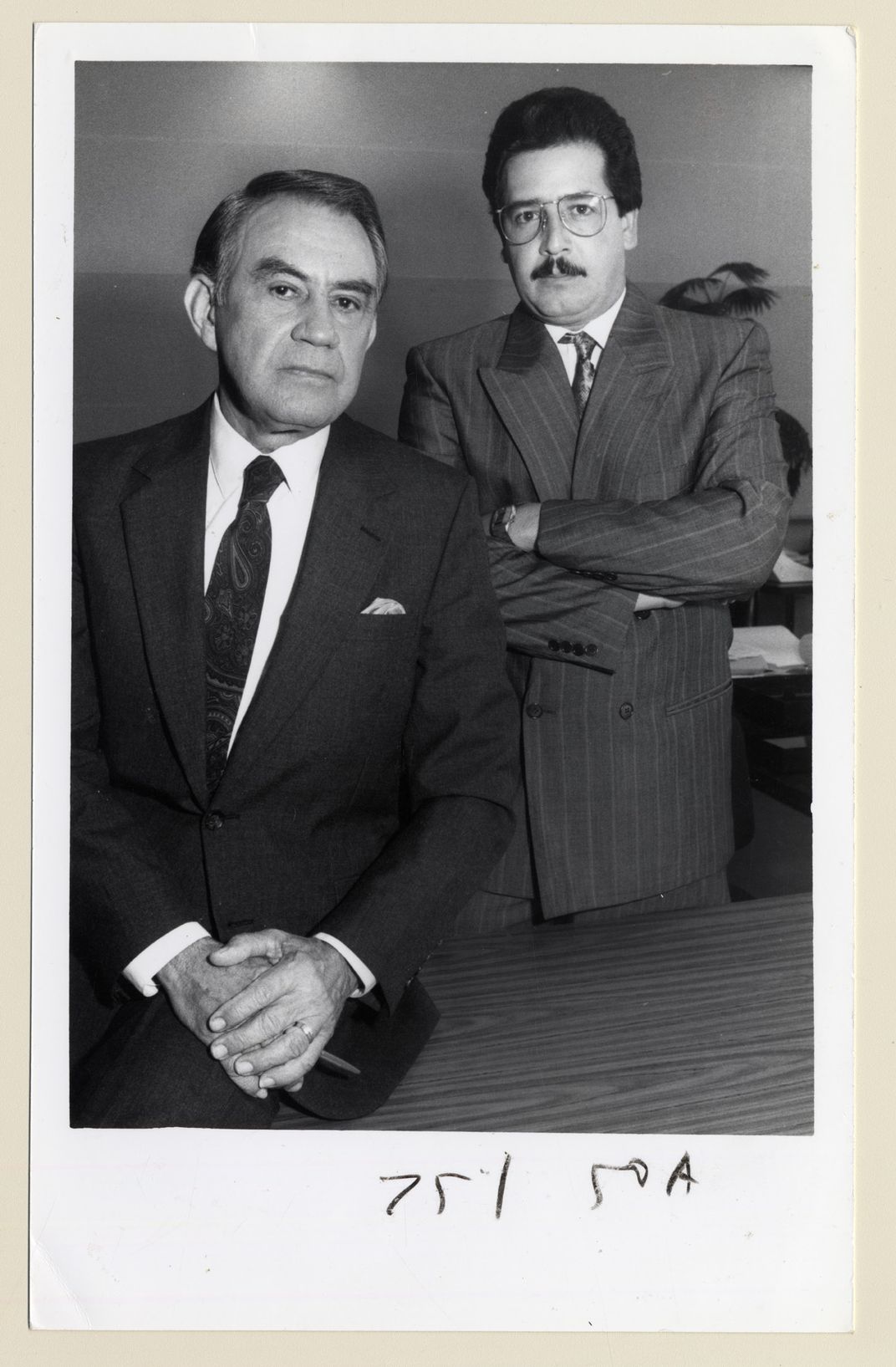
However, as the museum’s collection shows, news coverage was just one of WKAQ’s on-air offerings. During my time in the Archives Center, I also explored a script from the telenovela Tanairí, which aired on Telemundo in the 1980s. Set in the 1800s with a focus on slavery, and starring an elite Puerto Rican cast, Tanairí was one of the most influential telenovelas on local television.
The records preserved in the museum’s collection also highlight WKAQ’s comedies and variety shows. Many of these programs, performers, and their iconic characters were part of my daily life in the 1990s. Variety shows like El Show de las 12and Dame un Break were essential viewing, as were comedies that my mom used to love like La Taberna India, En Casa de Juanma y Wiwi, La Pensión de Doña Tere, and Los Kakucómicos. Like many others on the island, I laughed at the antics of comedy characters like “Bejuco” and “Chevy.”
The history of communications is also the history of technology and the built environment in Puerto Rico, as the museum’s collection vividly shows.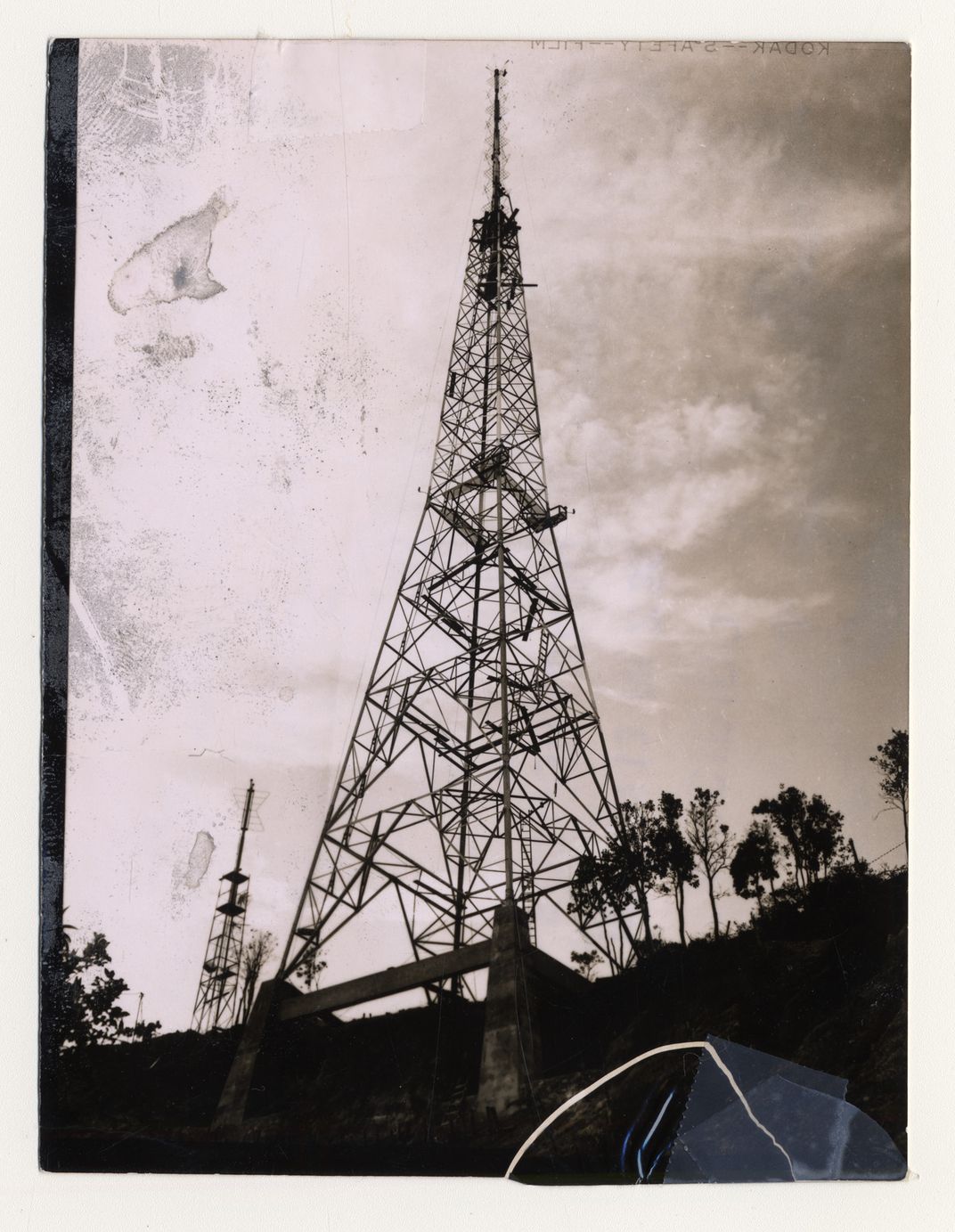
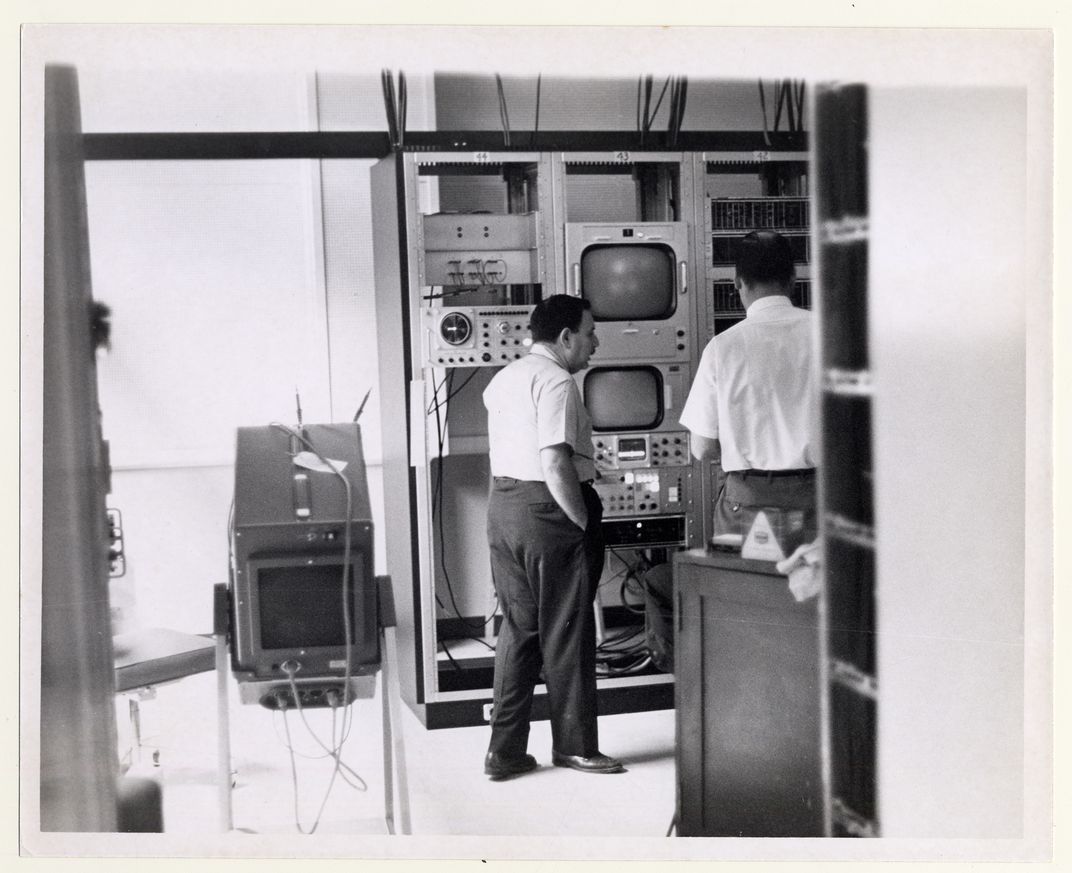
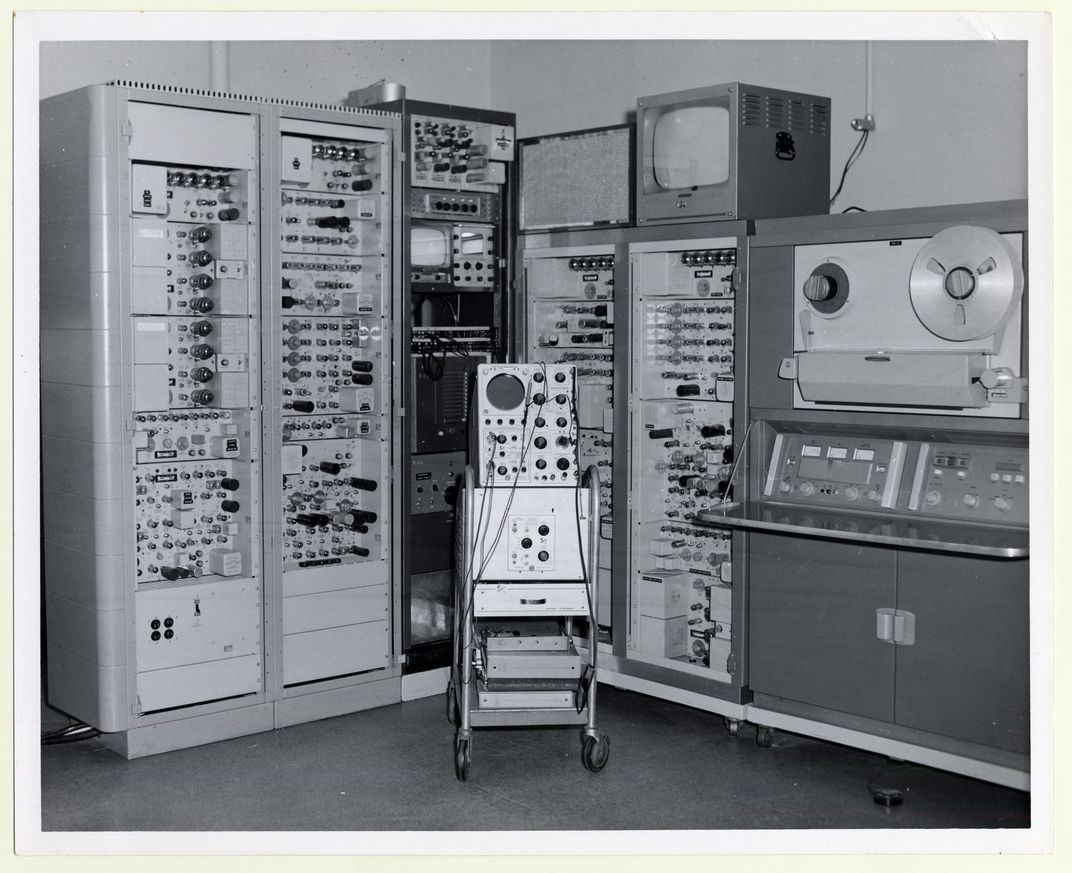
Working in the archive to help create ¡De última hora! reminded me of the power of journalism. As Lori Montenegro, Washington, D.C., Bureau Chief for Noticias Telemundo said in her oral history, "journalists have a responsibility. And we are there to ask the hard questions, present the facts, and let the people who are listening to us make their own decisions."
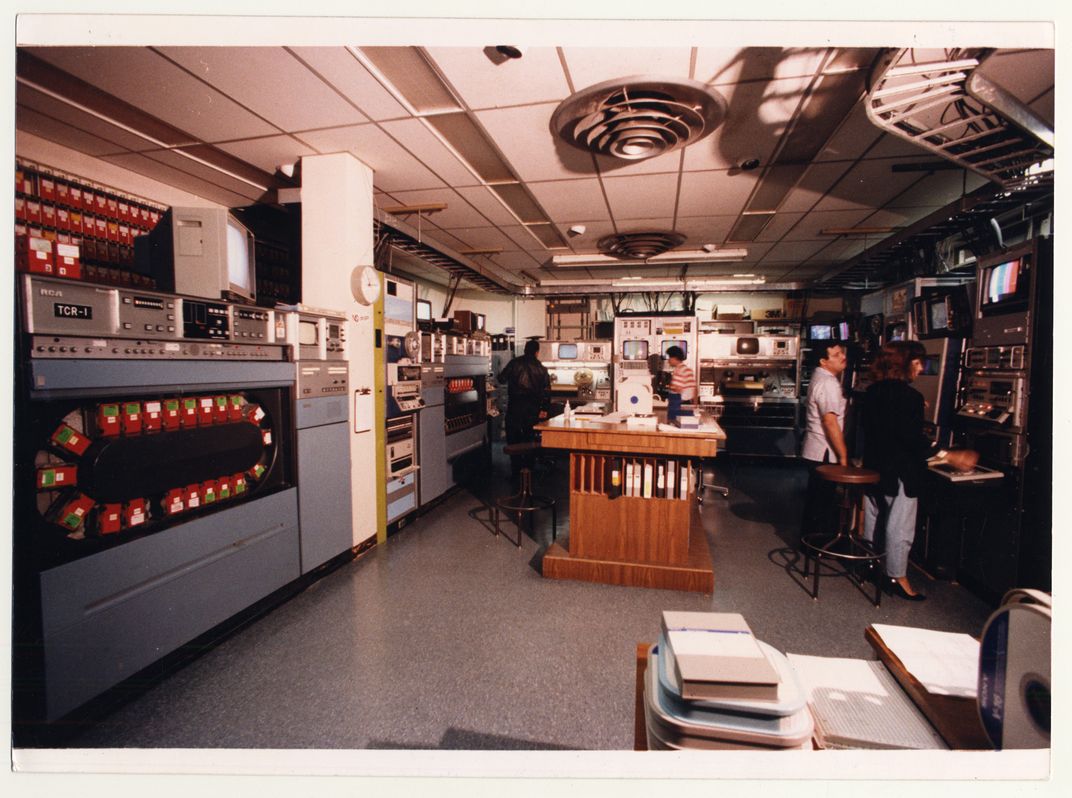
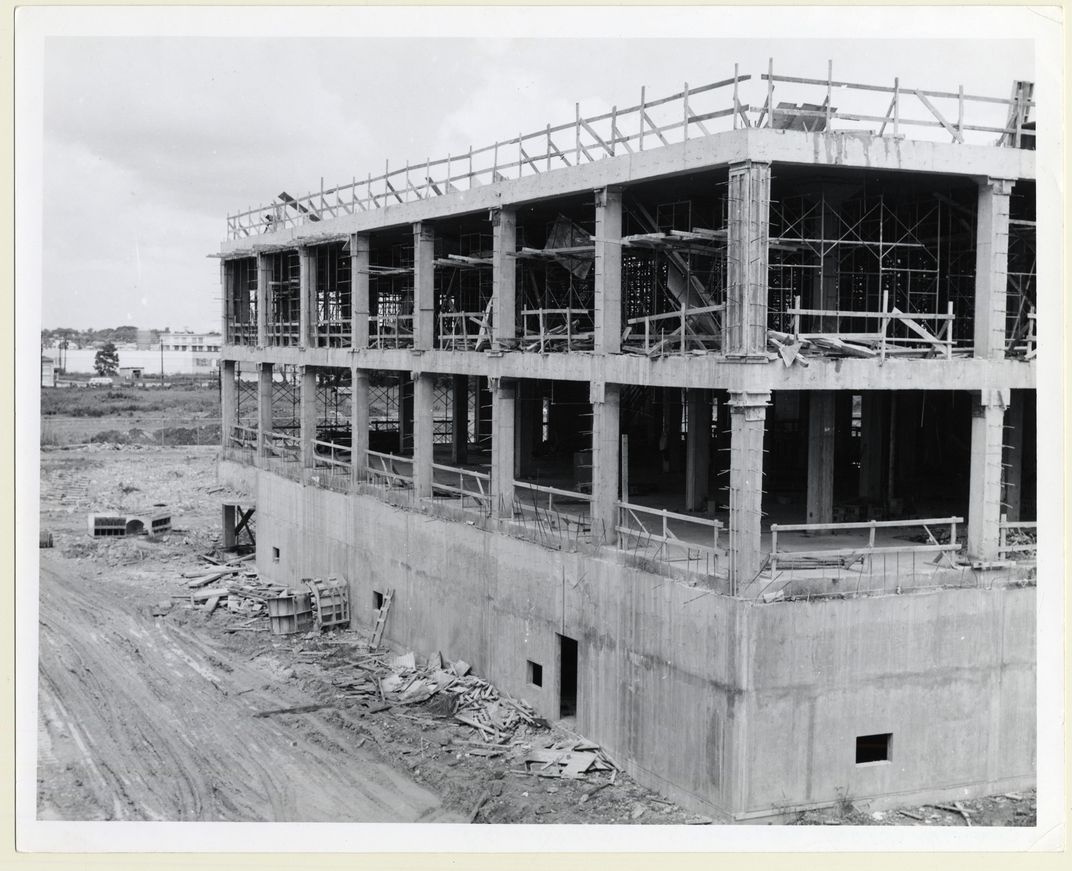
¡De última hora! Latinas Report Breaking News is currently on display at the National Museum of American History. The Spanish Broadcasting Collection is open for researchers at the Archives Center. The exhibit is made possible by the generous support of George L. Pla; Guillermo Nicolas, in honor of Irma and Emilio Nicolas Sr.; and Ambassador Nicholas F. Taubman and Mrs. Eugenia L. Taubman; with federal support from the Latino Initiatives Pool, administered by the National Museum of the American Latino.
Lillian E. Agosto Maldonado is a 2023 Smithsonian Latino Museum Studies Program Fellow and a doctoral student in Communications, Media, and Culture at Howard University in Washington, D.C.
